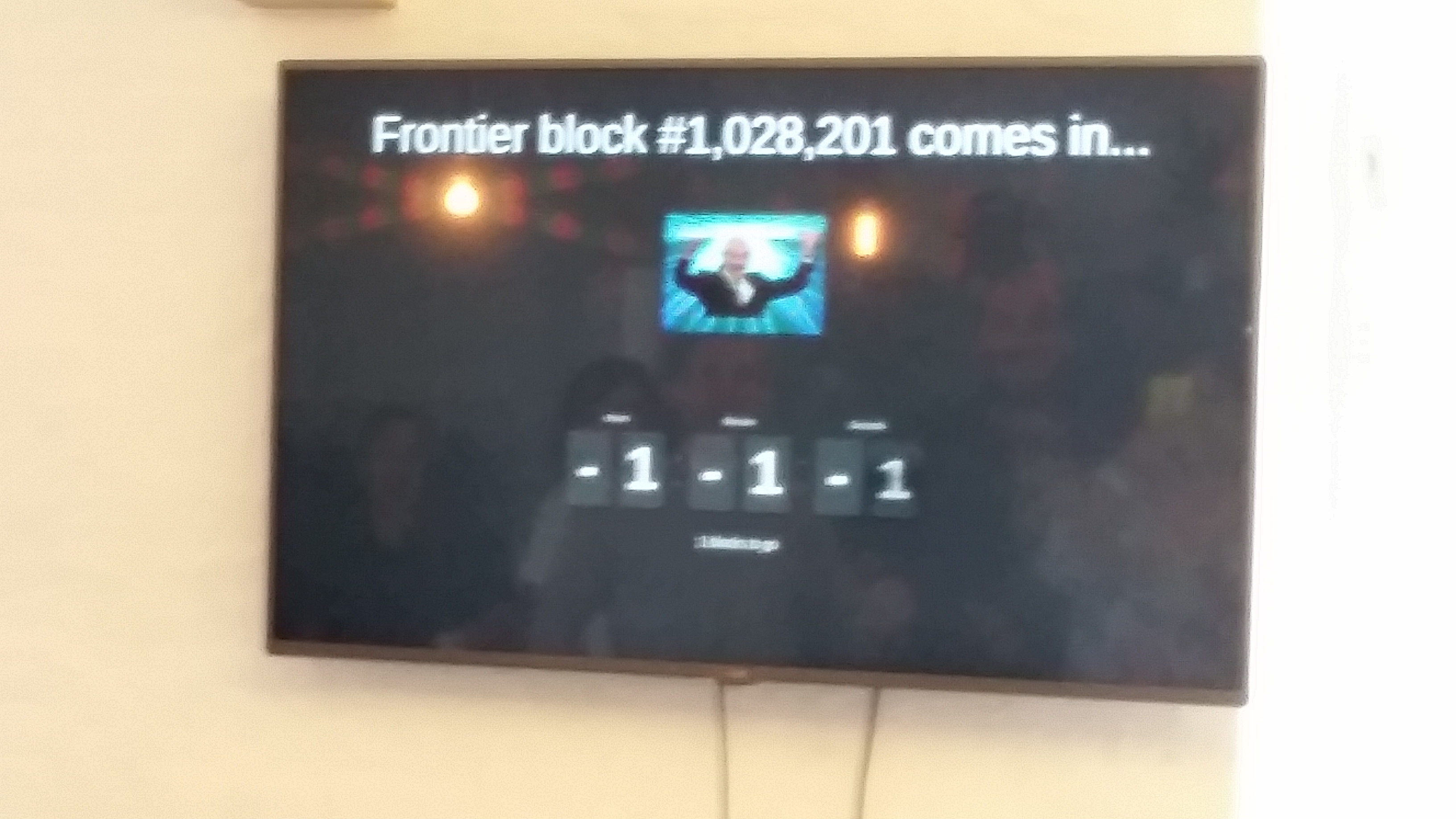Now that Ethereum has launched and is rapidly nearing its Homestead phase, over the last few months we at the Ethereum Foundation have finally had the chance to have some breathing room and plan our strategies with a more long-term view. From a development perspective, we have now started in earnest the development of Serenity, the next large overhaul of the Ethereum protocol that will include powerful software abstraction features, the Casper consensus algorithm and hopefully some basic scaffolding that will allow for the development of scalability features over time with minimal disruption. POC1 has been released, and POC2 will likely be released in about one month. In parallel to this, Martin Becze is actively exploring options for optimizing the EVM using WebAssembly, and several groups are working on implementing various forms of advanced cryptography on top of the EVM today.
As exciting as this work is, however, there are also substantial amount of equally important, even if somewhat less glamorous, work that needs to be done on the backend of the backend, in the Ethereum Foundation itself, in order to make sure that the organization can survive and ideally prosper long enough to implement the full extent of the Ethereum vision.
At the time of the last major update of this kind, the Foundation’s primary challenges were organizational and financial. Expenses were very high, peaking at over 400,000 EUR per month being spent on a combination of development, communications, administration and security audits. The ecosystem was rapidly blossoming, with a number of Ethereum-based companies either uncloaking themselves after months of quiet development or newly entering the scene – a saving grace for the Foundation, as it no longer needed to sponsor development of every layer of the ecosystem itself, but nevertheless a transition that needed to be managed, so as to make sure that all of the relevant stakeholders continue to be included in the development process. Administrative inefficiencies, including a total of six entities in four jurisdictions, compounded our problems, and at times it seemed as though there was too much to handle.
It was at this point that we, under the leadership of our new executive director Ming Chan, began a process of streamlining our operations on multiple fronts, so as to prepare the Foundation for its longer-term future.

End of one era, end of one set of challenges, start of an new era, start of another set…
On the non-administrative front, perhaps the main highlight has been our efforts at increased transparency of the research and development process, the major initiatives on that front being the increased emphasis on using our gitter channels for discussion rather than Skype, as well as the EIP process for protocol upgrades; both have been highly successful with a large portion of discussion happening on those channels and many EIPs being made and discussed. We are also actively looking at the status of our other forms of internal and external communication and media, including forums, documentation and tutorials, and are actively welcoming community feedback regarding the best way to improve them.
The largest challenge of them all, however, was clearly financial. Open source projects are often known for being underfunded, sometimes with very unfortunate results, and although the unique nature of public cryptoeconomic blockchains has and may continue to provide opportunities that are simply not available in most other circumstances, the problem remains, and we decided that before we are comfortable looking for ways to get more money we should first aim to be more efficient with the money that we already have. Hence, it is here that the largest gains in the past four months have been made, and with very positive results.
On the development side, we made the decision to take a more focused approach and primarily target the core Ethereum software and specifically the Go client. This still includes much of the original Ethereum development plan, including light clients (which are well underway), a mobile wallet and Mist, and we continue to support C++ and Python to a smaller extent with particular emphasis on the development tools (Solidity and Mix), but other aspects of the ecosystem we are leaving to the wider community; as awesome as the idea behind Whisper is, it is currently getting zero Foundation support – though we are actively looking for partnerships and other mechanisms that will help get some of these additions developed. Our communications has been greatly streamlined, and now consists of a smaller team of individuals who are part-time but more widely distributed around the world.
Some of the largest gains are in administrative costs. Over the past four months, we have started a process of consolidating the legal entities through which Ethereum development is financed by the Foundation; out of the six entities that we have had across Europe through 2015, three have now been essentially decommissioned and will soon begin the process of shutting down. We have also moved out of the house that we had rented when we expected to have a very large number of developers working full-time in Zug, and are now based in a smaller location in the center of town that will save us an employee’s salary worth of monthly rent and utilities; we have also closed our physical office in London and are actively exploring options for cutting rental costs in Berlin. With Ming present much of the time in Switzerland, we now have to rely much less on outside contractors for our needs there, allowing us to save even further.

Somebody else’s electricity bill now…
All in all, the Foundation’s monthly expenditures have now been reduced by over half from our 2015 peak of over 400,000 EUR per month, and currently stand at a monthly sum of about 175,000 EUR (~188,000 USD). This roughly consists of:
- 22,000 EUR per month for C++ development (down by ~75%)
- 65,000 EUR per month for Go development (down by ~10%)
- 5,000 EUR per month for Python development (down by ~50%)
- 13,000 EUR per month for IT, hosting, maintaining build servers, release coordination, etc (down by ~35% with more cuts likely coming soon)
- 6,000 EUR per month for communications (down by ~85%)
- 20,000 EUR per month for research (roughly unchanged)
- 40,000 EUR per month for top-level administrative and executive staff, accounting, office management, legal and other expenses (down by ~50% with more cuts likely coming soon)
The Foundation’s current assets include roughly 2,250,000 ETH, 500 BTC and $100,000 in fiat currencies, giving us roughly one year of runway from this point assuming that both the ether price and our budgeting preferences remain unchanged. Some salaries are being paid in ether; alongside this, we now also have an ongoing agreement with Bitcoin Suisse to convert the Foundation’s ether into fiat at the rate of 5,000 CHF per day in order to secure ongoing liquidity (alongside ~$650,000 worth of private sales to individuals and businesses). These numbers reflect actual Foundation holdings; almost all ether from the genesis premine and the developer purchase program has by now been distributed to its rightful owners.
Over the next few months we expect optimizations and cost savings to continue, and as our overhead reduces we will begin once again ramping up our efforts on several fronts. We are soon adding Lisa Cheng to our team part-time for communications, and will also begin carefully increasing our expenditures on research efforts in order to speed up the development of Serenity. At the same time, we are actively exploring various kinds of strategies in order to increase the Foundation’s runway. Given the very large level of interest in Ethereum that we have seen in North America, Europe and particularly Asia, we are confident that we will be able to figure out an approach that ensures that development will continue not just past Serenity, but also to a massively scalable Ethereum 2.0 and beyond.









